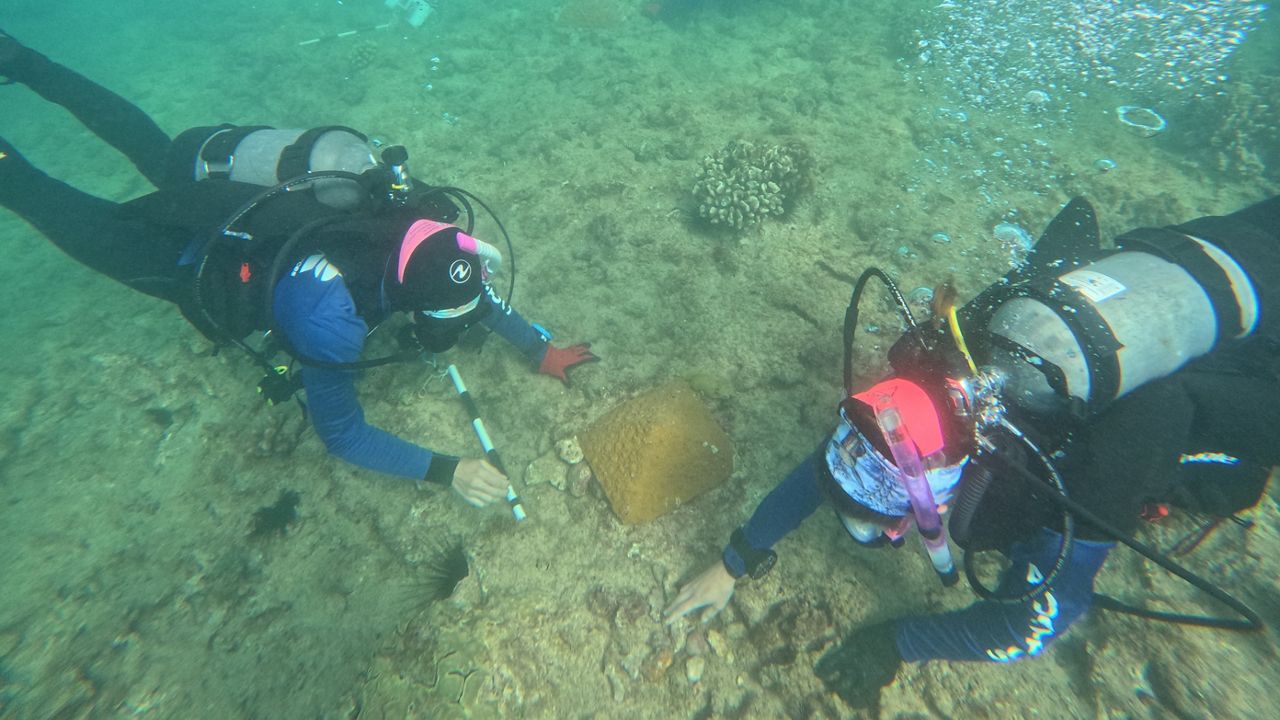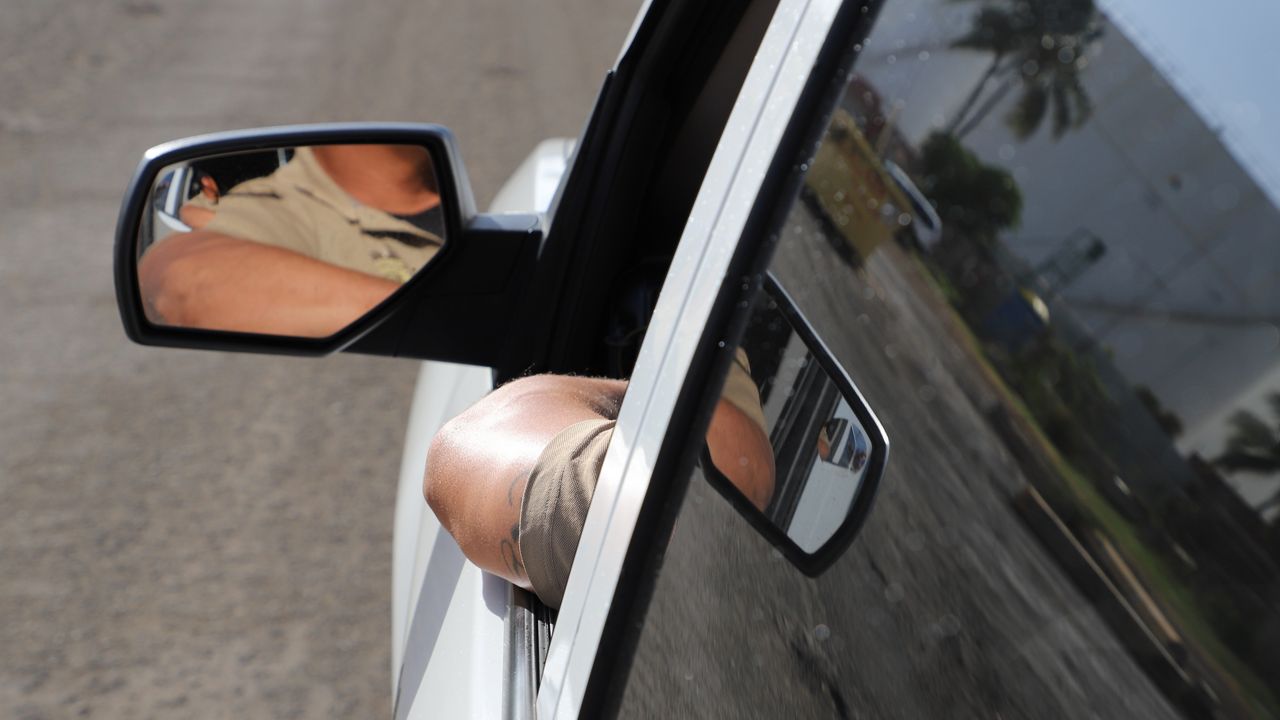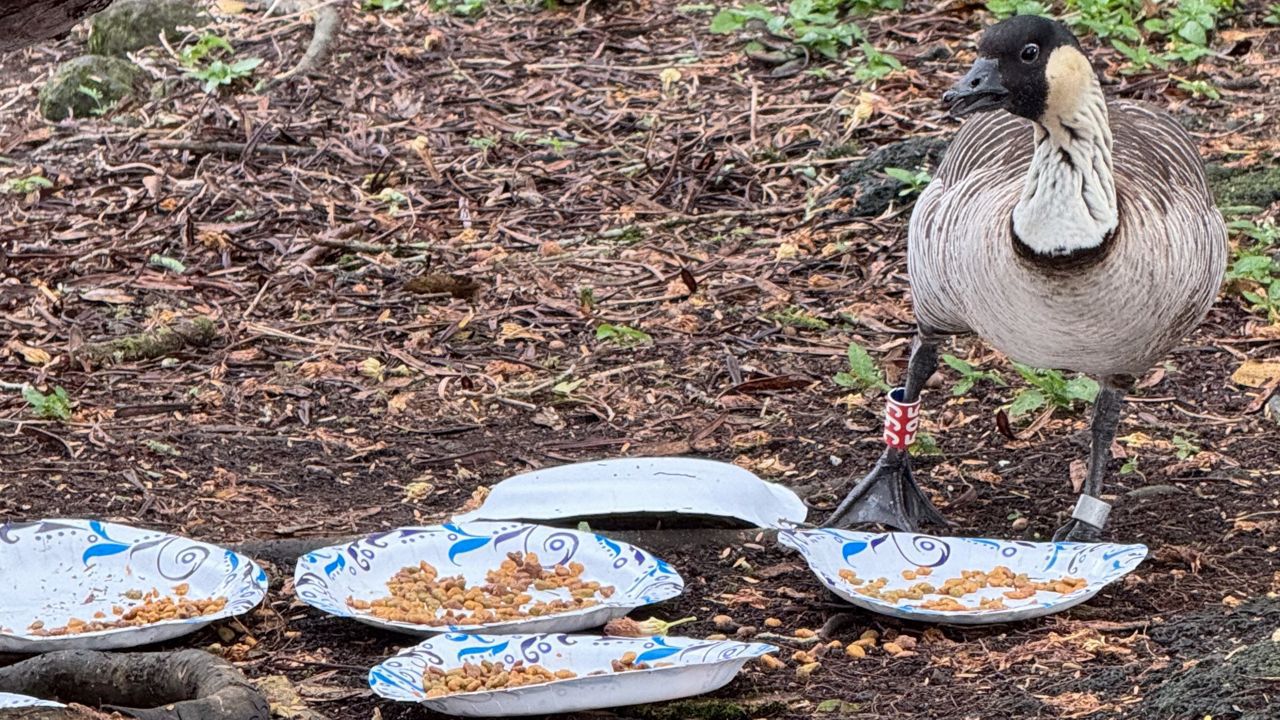Ian Snyder fell 1,000 feet while hiking alone on Dec. 4, 2023, near the Pali Notches on Oahu. He laid at the base of a waterfall for three days, going in and out of consciousness before being rescued.
“My right eye has double vision, but other than that, doing pretty well, all things considered,” Snyder said, in a news release.
The 34-year-old Californian is grateful to the first responders who saved his life. When the Department of Land and Natural Resources, Honolulu Fire Department and Emergency Services Department asked Snyder to record a Public Service Announcement, he was more than happy to take part, because he was eager to help those who had helped him. He hopes the PSA will convince other hikers not to make the same mistakes he made and lead to fewer rescues being necessary.
“First of all, I’d do more research on a trail before planning to hike it. Before my accident, I always told someone where I was headed. I told my parents the day before about my hiking plans, but last December 4th I failed to tell anyone,” Snyder said.
Emergency responders found Snyder on Dec. 7 at the base of a waterfall by using the last known location of his cellphone. Snyder broke his elbow and hand during the fall, according to a GoFundMe. He survived by drinking stream water.
“Honestly, the need for first responders and the risks they take, sadly, did not cross my mind. I wasn’t thinking, what happens if I need to be rescued? I thought it was going to be a normal day hike. That’s in my mind now to consider before heading out,” said Snyder.
For the television and radio PSAs that Snyder recorded, he recommended people only solo hike on managed trails, tell someone your plans, consider the risks to first responders and never enter off-limits areas.
At the end of the PSA, Snyder says, “Consider the risks first responders take. I’m alive because of them. Don’t make the mistakes I did. You may not live to share your lessons.”
Bill Stormont, who leads the DLNR Nā Ala Hele Trail and Access Program, noted that Snyder followed a closed trail he found on an unofficial online map. Stormont recommended people only use official resources, like the Nā Ala Hele Trail and Access website.
“We are grateful to have Ian, a survivor of social media misdirection, spread this message,” said DLNR Division of State Parks Administrator Curt Cottrell. “Reducing the danger of misinformation on social media will keep our hikers and our first responders safer.”
DLNR is distributing the PSA to Hawaii television and radio stations through the Hawaii Association of Broadcasters Public Education Program.
Michelle Broder Van Dyke covers the Hawaiian Islands for Spectrum News Hawaii. Email her at michelle.brodervandyke@charter.com.








